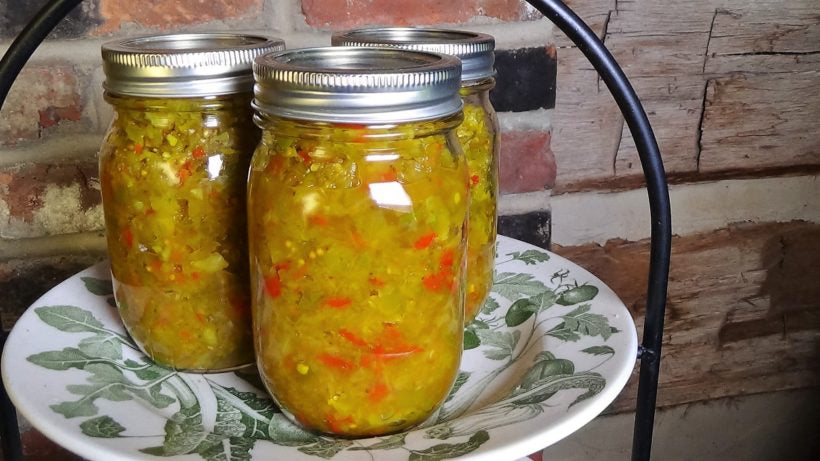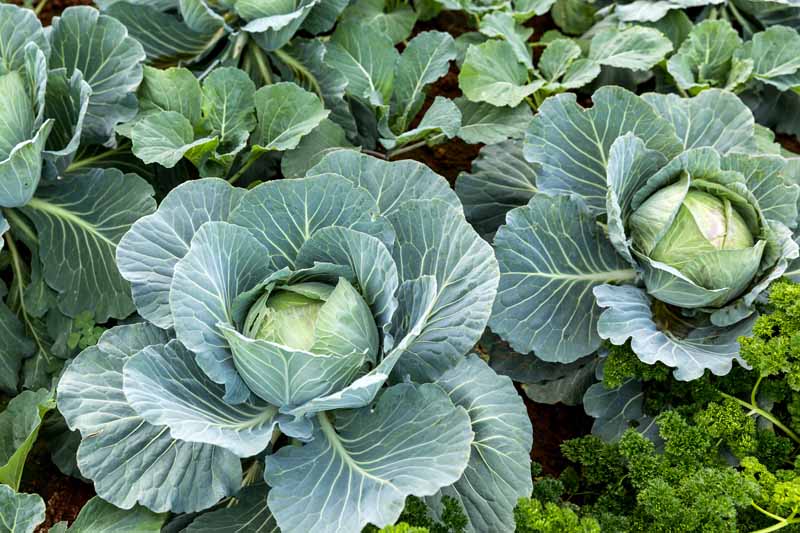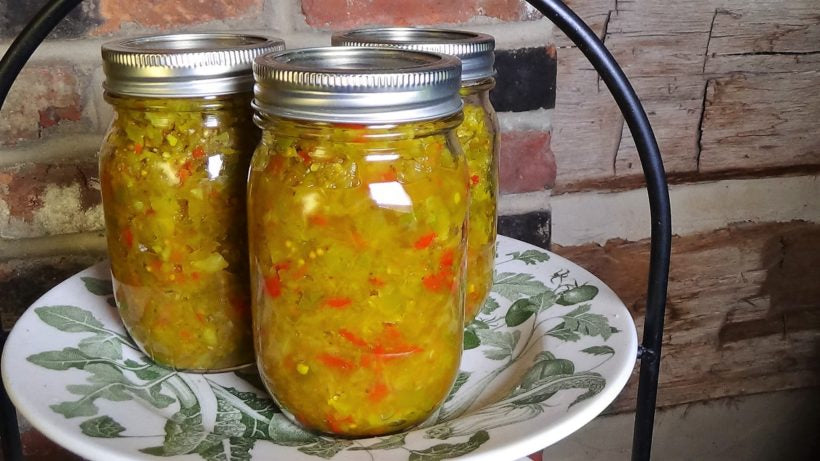Gran's Garden Seeds
Cabbage Seeds, Early Round Dutch Cabbage
Cabbage Seeds, Early Round Dutch Cabbage
Couldn't load pickup availability
Early Round Dutch Cabbage (Brassica oleracea), Open Pollinated, Non-GMO,
Minimum 30 seeds per package
This cabbage is known for its solid head and excellent flavor. Heads form up to approximately 12 inches and weigh as much as 15 pounds. I make a pretty good chow-chow (sweet relish for savory dishes, so good with ham hock pinto beans and cornbread) if anyone wants the recipe just shoot me a message. I will be happy to share it. gransgardenseeds@gmail.com
Days to Maturity, approx. 85
Direct Sow
Depth, ¼”
Plant spacing 16 – 18”
Weight, approx. 10-15lbs
Color, blue-green
Zones, 3 through 9
Cabbage is a fairly easy plant to grow, as it is a hardy vegetable, and also comes in different colors, such as red, green and white. Most cabbages will have smooth, tightly packed heads of leaves, but some have crinkled leaves. Cabbage belongs to the Cole crop family, like broccoli and brussels sprouts and has fiber, folate, potassium, magnesium, vitamins A, K and C.
Before Planting: Cabbage require fertile soils in a pH range of 6.5-7.5, supplied with consistent irrigation throughout the growing period.
Planting: Sow 2 seeds per cell 1/4″ deep. Seedlings should be ready to transplant in 4-6 weeks. If possible keep soil temperature over 75°F until germination, then reduce air temperature to about 60°F. Transplant outdoors, 12-18″ apart in rows 18-36″ apart.
Cabbage prefers cooler growing temperatures, between 55-75°F, but will produce decent crops under warmer, summer conditions. Use midseason and storage varieties for Fall crop.
Start seedlings late spring and transplant to the garden in early summer. To ensure mature heads, seed the crop early in areas where heavy freezes occur early in fall. Successful cabbage crops can be grown where winters are mild. Transplants can be set out from September to February in these regions. Sow 3-4 seeds 12″ apart, 1/2″ deep, rows 24-36″ apart, thinning to one plant in each group.
Watering: Be sure to water evenly, as uneven watering can split the heads. Cut back on watering as cabbage reaches maturity, as this also can split the heads.
Fertilizer: Cabbage requires heavy fertilization. Fertilize plants with a high-nitrogen fertilizer.
Harvesting: Relatively young heads (still green and actively growing) store best. Ideal conditions are 32°F at 95% relative humidity, with good air circulation.
Tips: Cabbage plants do better when planted near herbs like dill and rosemary. Avoid planting cabbage near strawberries, tomatoes or pole beans.
Process Time & Shipping
Process Time & Shipping
Orders are mailed out the next business day using USPS.



















